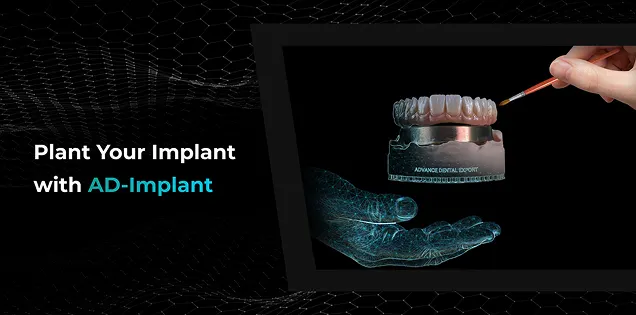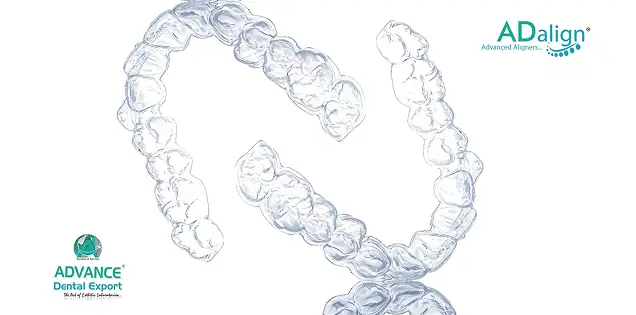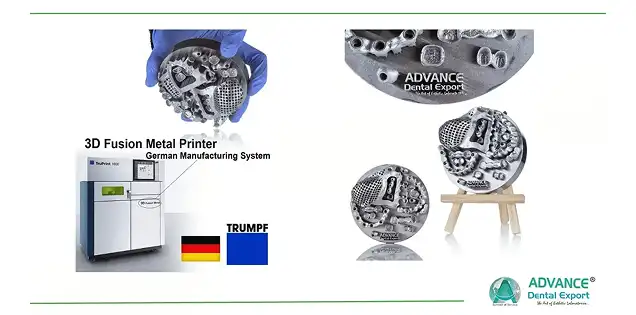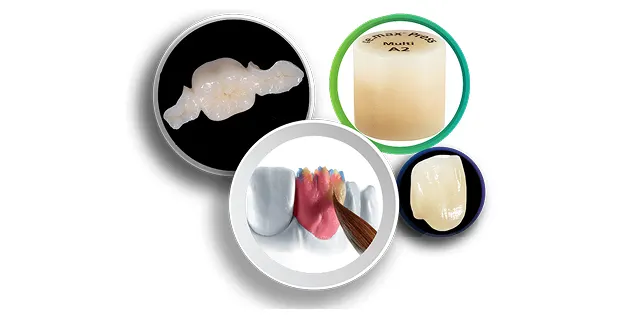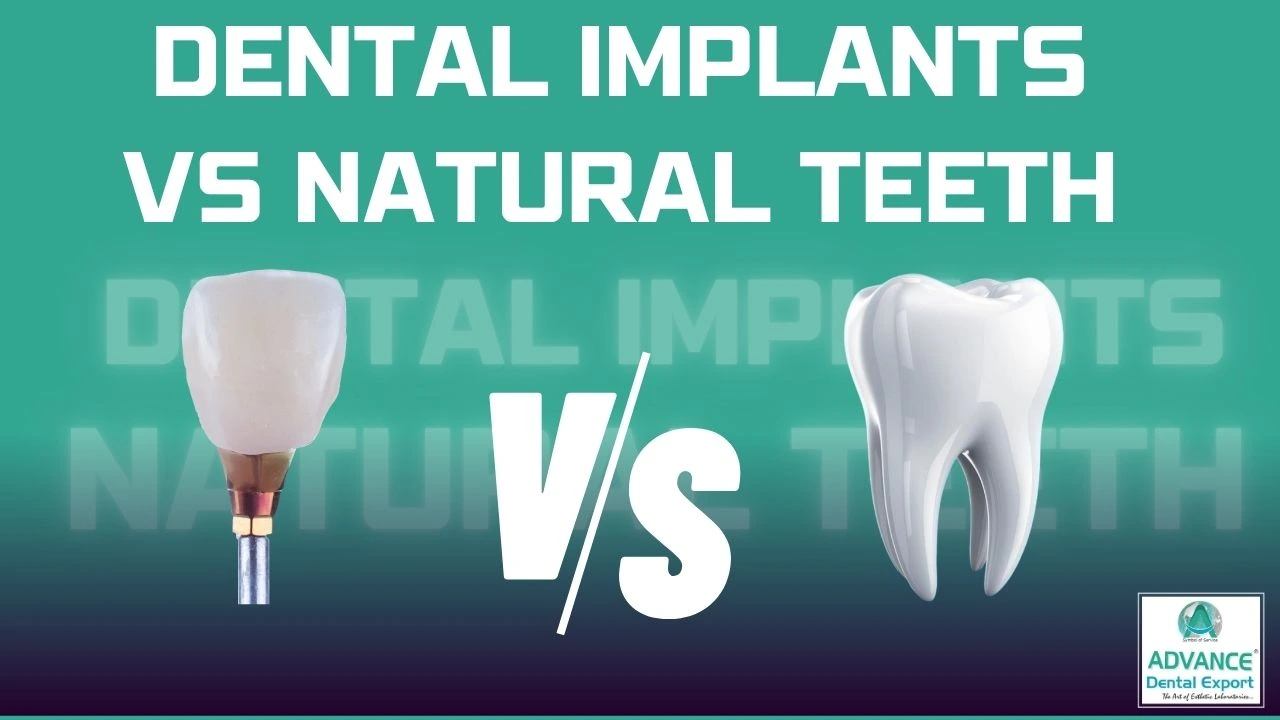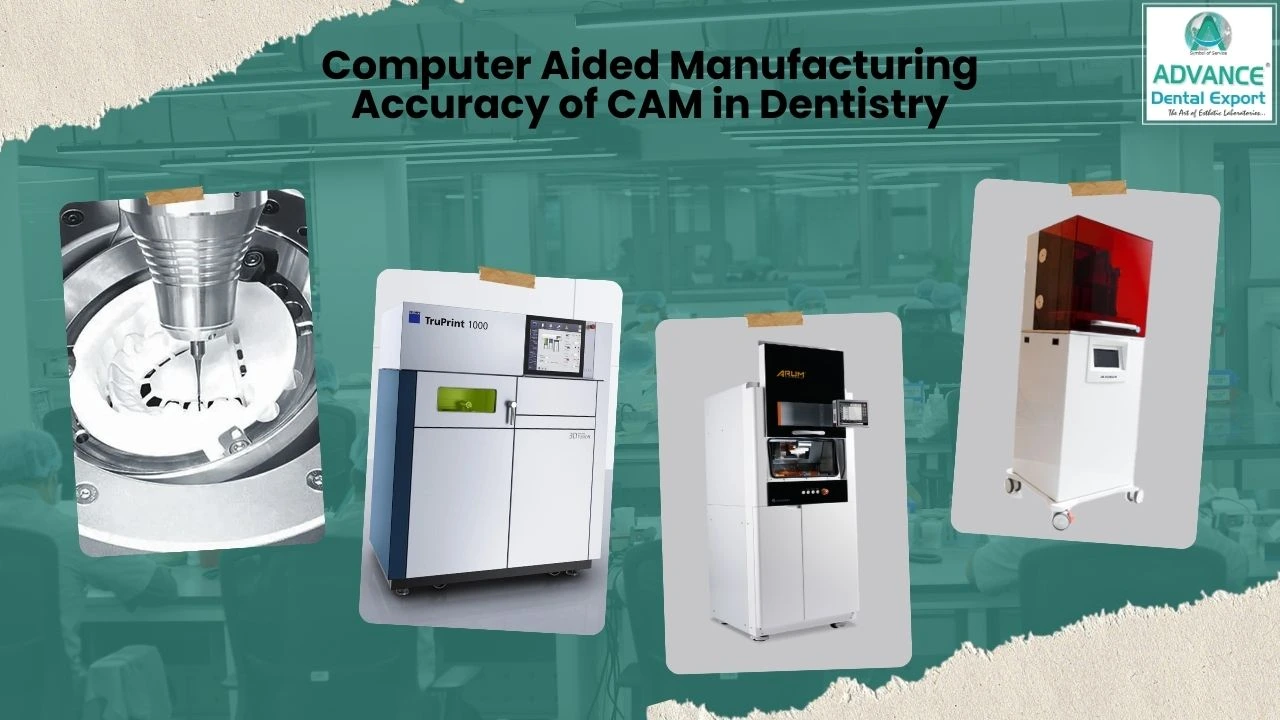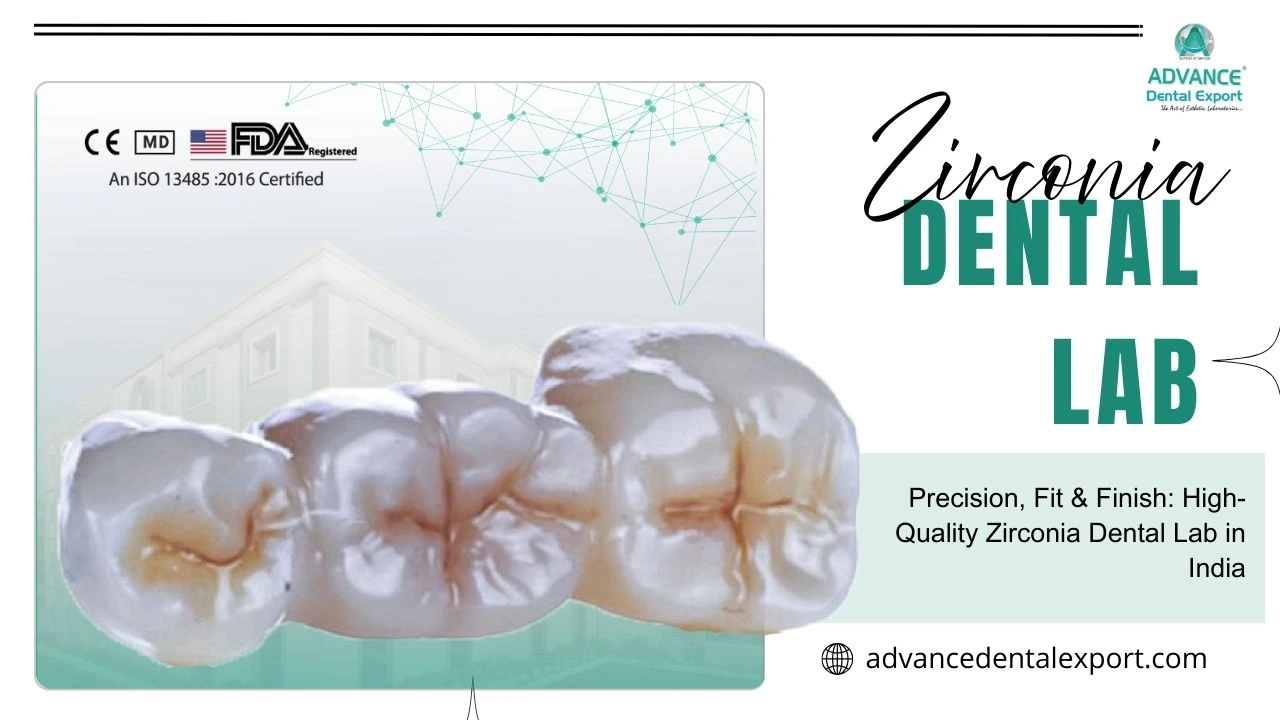In recent years, advancements in dental technology have paved the way for more precise and personalized treatment options. One such innovation is the use of 3D printing in dental implantology . This technology allows for the creation of dental implants that are tailored to the unique anatomy of each patient, enhancing the fit and function of the restoration.
Traditional dental implant procedures often involve multiple appointments and adjustments to achieve the desired outcome. With 3D printing, the process becomes more streamlined, reducing the time and discomfort associated with conventional methods.
Benefits of 3D-Printed Dental Implants
Let’s explore the benefits of 3D printed dental implants in restoration procedures, highlighting how it improves precision, customization, and overall patient satisfaction.
[1] Enhanced Precision and Customization
One of the most significant advantages of utilizing advanced manufacturing techniques in dental implantology is the ability to achieve unparalleled precision and customization.
Precision Through Digital Imaging and Design
Modern dental practices employ digital imaging technologies, such as cone-beam computed tomography (CBCT) scans, to capture detailed three-dimensional representations of a patient's oral anatomy. These digital models allow for meticulous planning and design of dental implants that conform precisely to the patient's unique bone structure and dental contours.
The integration of computer-aided design (CAD) technology in dentistry enables dental professionals to create implant designs with exact specifications, ensuring a snug fit and optimal alignment. This level of precision minimizes the risk of complications and enhances the overall success rate of implant procedures.
Customization for Individual Patient Needs
Every patient's oral anatomy is distinct, and personalized implant solutions are crucial for achieving optimal outcomes. By leveraging digital design and manufacturing technologies, dental implants can be tailored to accommodate specific anatomical features, such as bone density variations and spatial constraints.
This customization extends to the selection of implant materials and surface textures, which can be adjusted to promote better integration with the patient's existing bone and tissue structures. The result is a more natural feel and function, leading to increased patient satisfaction and comfort.
Benefits of Enhanced Precision and Customization
- Improved Fit: Tailored implants conform closely to the patient's anatomy, reducing the likelihood of gaps or misalignment.
- Reduced Surgical Time: Precise planning and fit can lead to shorter surgical procedures and faster recovery times.
- Enhanced Aesthetics: Customized implants can be designed to match the patient's natural tooth color and shape, resulting in a more aesthetically pleasing outcome.
- Increased Longevity: Accurate fit and integration contribute to the durability and longevity of the implant.
By embracing these advanced technologies, dental professionals can offer patients implants that not only restore function but also enhance the overall quality of life.
[2] Accelerated Production and Reduced Treatment Time
In the fast-paced world of dentistry, efficiency is key. One of the standout advantages of 3D printed dental implants is the remarkable reduction in production and treatment times.
Explore Our Restorations
Streamlined Manufacturing Process
Traditional dental implant procedures often involve multiple steps, including manual impressions, model creation, and laboratory work, which can extend over several weeks. In contrast, 3D printing enables the design and production of dental implants within hours.
By integrating digital imaging, computer-aided design (CAD), and additive manufacturing technologies, dental professionals can create precise implant components swiftly. This efficiency not only accelerates the treatment process but also allows for a more streamlined workflow, benefiting both patients and dental practices.
Benefits for Dental Practices and Patients
- Reduced Chair Time: The expedited production process minimizes the number of appointments required, leading to a more convenient experience for patients.
- Faster Turnaround: Dental laboratories can fulfill orders more quickly, enhancing the overall efficiency of dental practices.
- Immediate Restorations: In some cases, same-day implant placement and restoration are possible, significantly reducing the total treatment duration.
By embracing these advancements, dental professionals can offer timely and effective solutions, improving patient satisfaction and optimizing practice operations.
[3] Cost-Effectiveness and Material Efficiency
In the evolving landscape of dental care, 3D printing technology is not only enhancing precision and customization but also offering significant advantages in cost-effectiveness and material efficiency.
Streamlined Production Processes
Traditional methods of dental implant production often involve multiple labor-intensive steps, including manual impressions, model creation, and casting. These processes can be time-consuming and costly. In contrast, 3D printing simplifies the workflow by enabling direct fabrication from digital scans, reducing the need for intermediary steps and associated costs.
Reduction in Material Waste
Conventional manufacturing techniques, such as milling, involve subtracting material from a larger block, leading to significant material waste. 3D printing, on the other hand, is an additive process that builds objects layer by layer, using only the material necessary for the implant. This approach minimizes waste and makes the process more environmentally friendly.
Lower Long-Term Costs
While the initial investment in 3D printing technology can be significant, the long-term benefits include reduced material waste, fewer adjustments, and less chair time for patients. As the technology becomes more widespread, the cost of 3D-printed dental implants is expected to decrease, making them more accessible to a broader range of patients.
[4] Improved Osseointegration and Biocompatibility
One of the most compelling advantages of 3D-printed dental implants is their enhanced ability to integrate with bone tissue, a process known as osseointegration.
Tailored Surface Structures for Optimal Bone Integration
3D printing allows for the creation of implants with porous and interconnected microstructures that mimic the natural bone architecture. This design facilitates better bone ingrowth and enhances the mechanical stability of the implant. Studies have shown that implants with such structures exhibit improved osseointegration compared to traditional solid implants.
Material Selection for Biocompatibility
Materials commonly used in 3D printing, such as titanium and zirconia , are known for their excellent biocompatibility. These materials are well-tolerated by the body and have a long history of successful use in dental applications. Their properties contribute to the longevity and success of dental implants.
Surface Modifications to Enhance Integration
Beyond the inherent properties of the materials, surface treatments can further improve the osseointegration of 3D-printed implants. Techniques such as plasma spraying and coating with bioactive materials can enhance the implant's surface characteristics, promoting better bone attachment and faster healing.
[5] Minimally Invasive Procedures and Faster Recovery
Advancements in dental implant technology, particularly through 3D printing, have significantly transformed the landscape of oral surgery. These innovations have led to more precise procedures, reduced invasiveness, and quicker recovery times for patients.
Precision Planning with Digital Imaging
Before the surgical procedure, dentists utilize digital imaging technologies, such as cone-beam computed tomography (CBCT) scans, to create detailed 3D models of a patient's oral anatomy. This digital information allows for meticulous planning of the implant placement, ensuring optimal positioning and alignment. By simulating the procedure beforehand, the risk of complications is minimized, and the surgery becomes more predictable.
Looking for a trusted lab partner? Get high-precision restorations from Advance Dental Export
Guided Surgery for Accuracy
Employing computer-assisted implant surgery (CAIS), dental professionals can use custom-made surgical guides based on the preoperative digital models. These guides direct the placement of the implant with high accuracy, reducing the need for extensive incisions and minimizing damage to surrounding tissues. The result is a less traumatic procedure with a lower risk of postoperative complications.
Benefits for Patients
- Reduced Swelling and Discomfort: The precision of 3D planning and guided surgery leads to smaller incisions, resulting in less trauma to the tissues and consequently, reduced swelling and discomfort post-surgery.
- Quicker Healing Time: With less invasive procedures, the healing process is expedited, allowing patients to return to their normal activities sooner.
- Enhanced Aesthetic Outcomes: The ability to plan and execute implant placements with high precision ensures that the final restoration aligns well with the patient's natural anatomy, leading to more aesthetically pleasing results.
Incorporating 3D printing and digital technologies into dental implant procedures not only improves the accuracy and efficiency of the surgeries but also significantly enhances the overall patient experience, making the process smoother and more comfortable.
[6] Sustainability and Environmental Impact
In an era where environmental consciousness is paramount, the dental industry is embracing innovations that align with sustainability goals. 3D printing technology in dental implantology stands out as a significant advancement contributing to environmental preservation.
Reduction in Material Waste
Traditional manufacturing methods often involve subtracting material from larger blocks, leading to substantial waste. Conversely, 3D printing is an additive process, constructing objects layer by layer, which minimizes material waste. This efficiency not only conserves resources but also reduces the environmental footprint of dental implant production.
Energy Efficiency
The energy consumption associated with manufacturing processes is a critical factor in environmental sustainability. 3D printing techniques have been shown to consume less energy compared to conventional methods, contributing to a lower carbon footprint in dental implant production.
Use of Recyclable and Biodegradable Materials
Advancements in material science have led to the development of recyclable and biodegradable materials suitable for 3D printing in dentistry . Utilizing these materials not only enhances the sustainability of dental implants but also aligns with eco-friendly practices in healthcare.
Local Production and Reduced Transportation Emissions
3D printing facilitates local production of dental implants, reducing the need for extensive transportation. This localization decreases greenhouse gas emissions associated with shipping and contributes to a more sustainable supply chain in dental care.
By integrating 3D printing technology, the dental industry is making significant strides toward environmental sustainability, ensuring that advancements in patient care also consider the health of our planet.
Conclusion: Integrate 3D Printed Implants in Your Practice
Embrace the future of dental restoration by integrating 3D printed implants into your practice. Experience benefits like precise customization, reduced treatment times, and improved patient satisfaction.

